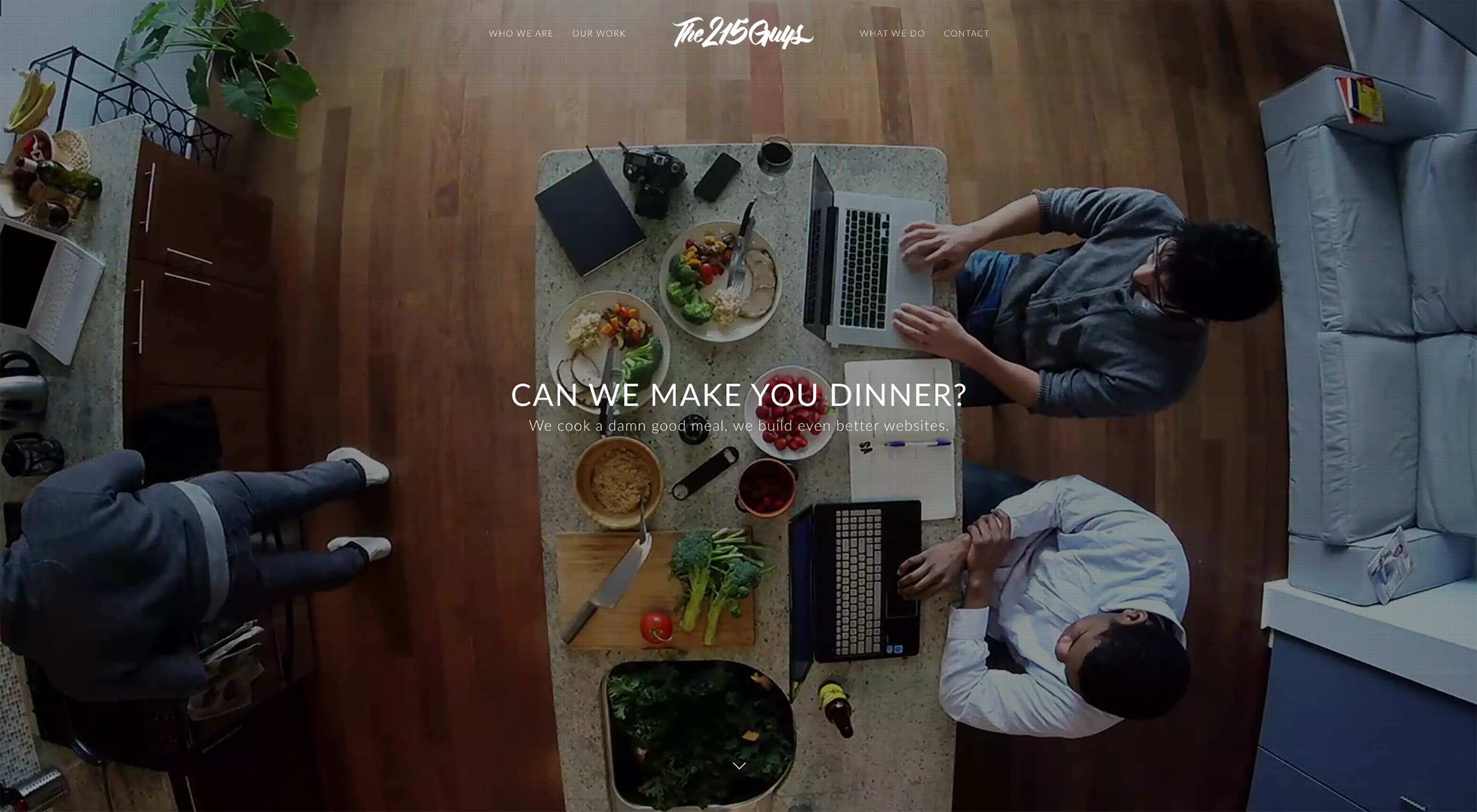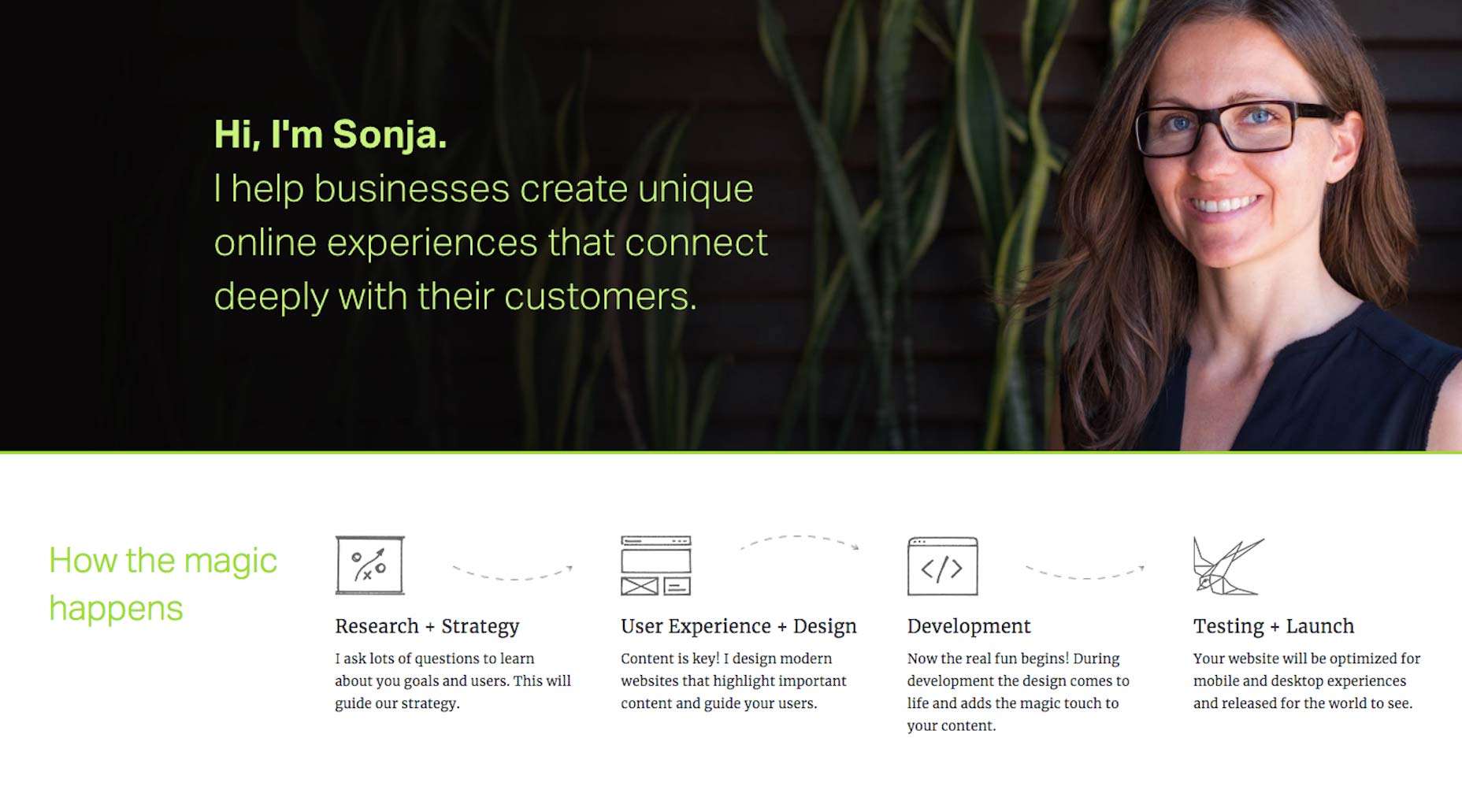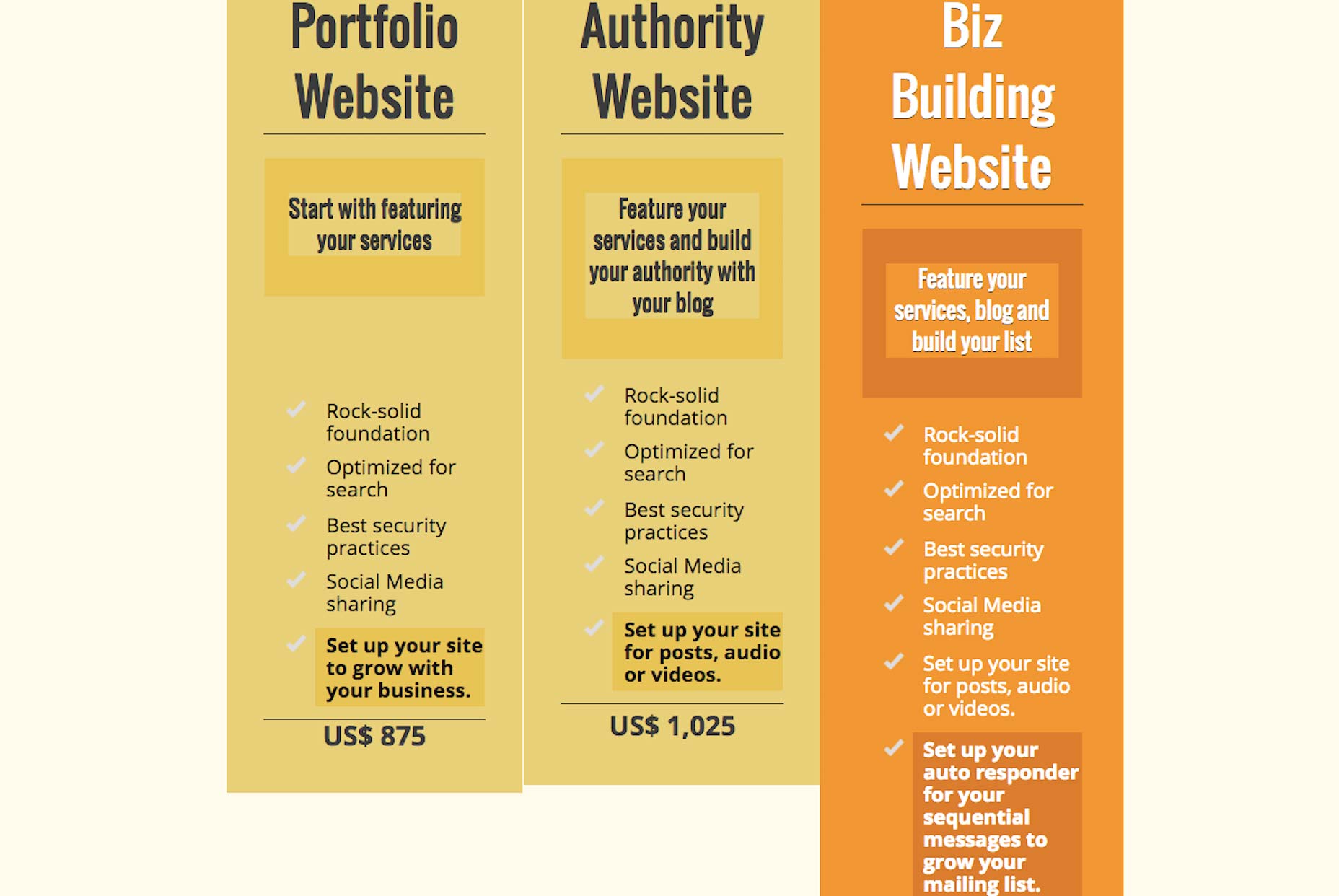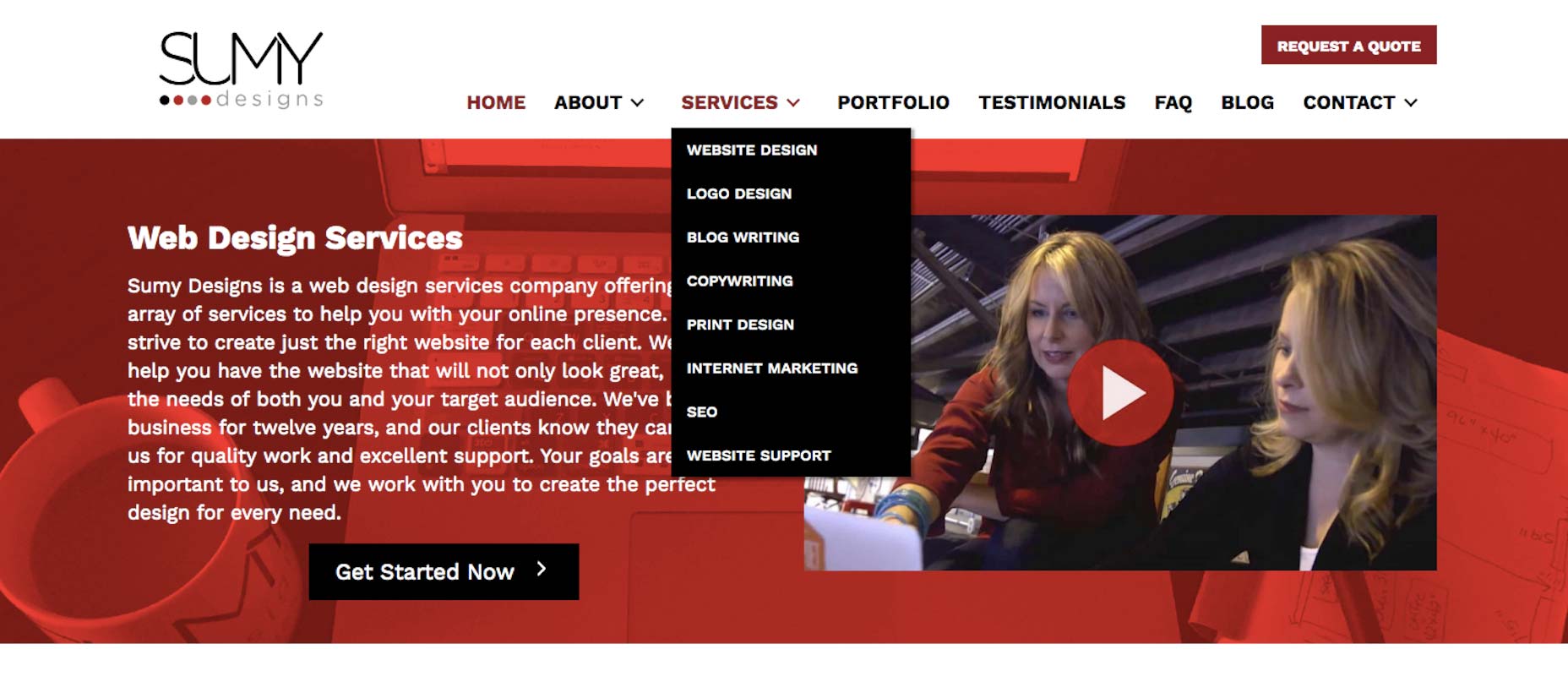How to Build Client Loyalty
Original Source: https://www.webdesignerdepot.com/2018/08/how-to-build-client-loyalty/
 Web designers are some of the hardest working people I know. Which is why I don’t envy them having to design websites and other content for clients while managing their freelance design business and continually being on the lookout for new clients.
Web designers are some of the hardest working people I know. Which is why I don’t envy them having to design websites and other content for clients while managing their freelance design business and continually being on the lookout for new clients.
Something I’m reminded of when I think about this, however, is the fact that it’s 25% more expensive to find new clients than retain the ones you already have. It makes sense when you think about how much time you put into scouring the web for clients, reaching out in the hopes of pitching your portfolio, and, possibly, onboarding them as a client.
it’s 25% more expensive to find new clients than retain the ones you already have
Retaining clients, on the other hand, just doesn’t require as much work. You’ve already laid the foundation and established a relationship with them. It’s simply a matter of doing things along the way that prove your continued value to their business while also occasionally surprising and delighting them. This is where loyalty comes into play.
Client loyalty is typically evidenced by one of three actions:
A client continues to purchase the same service or product from you.
A client is willing to be upsold or cross-sold on other services or products you offer.
A client regularly refers others to your business.
In so doing, the client has demonstrated that they prefer working with you over all others.
For web designers, client loyalty is huge. Think about how much easier it would be to run your business if you had a steady and predictable stream of revenue coming through. Not only that, consider the fact you’ll be able to work with the same clients (that you hopefully love as much as they love you) through the years. In exchange, your clients get a high-quality web design partner that helps their businesses grow.
7 Ways to Build Loyalty with Your Web Design Clients
In order to build loyalty with web design clients, you have to first figure out what they value most. This will differ from client to client, and industry to industry. However, these 7 ideas should get you thinking about how this could work for your business.
1. Handle the Initial Project Like a Pro
The work you do on a first-time project will lay the groundwork for any future relationship you have with the client, so make sure your process is refined and your service/solution is the best it’s ever going to be.
Take a look at Sonja Leix’s process for a good example of this.

Every base of the web design lifecycle is covered and well-explained.
For your own business, consider some of the following upgrades:
Create a client contract (if you don’t have one already) that covers every angle.
Conduct thorough research into a client’s background before meeting and, again, before commencing work.
Invest in a professional grade project management and collaboration platform.
Designs can go out of style fast, so always design with the future in mind.
Specialize. If you don’t have a design specialty or industry of focus, get one. It’ll make you a more effective designer if you’re awesome at one thing instead of being okay at a few.
2. Communicate Like a Partner
From the very first interaction you have with a prospect to the very last you have with a current one, be ready to leave a positive impression. While I realize that can get tricky—especially as you enter feedback stages—always remember that: 1) you are here to create something your clients will love, and 2) you are the professional designer that knows best.
If there happens to be a disconnect between what the client wants/loves and what you believe is the better course of action to take, the way you communicate may make all the difference in the world.
The 215 Guys are a fantastic example of this. If their website is this straightforward, relatable, and welcoming, think about how smooth their communications and relationships are when they actually work with a client.

3. Anticipate Their Needs
Web design agencies aren’t the only ones that can create tiered design packages for clients. Freelance designers could and should be doing this too. After all, your clients aren’t all going to be the same size or have the same needs as everyone else. Why not anticipate those needs to by developing packages that account for those varying needs?
Here’s an example from Tina Cook who is not only a web designer, but a marketer and coach as well.

As you can see, her packages are also a great way to up-sell clients and also get them thinking about what she can do for them in the future.
4. Offer Monthly Retainer Services
Even if clients didn’t think about what would happen after the completion of their project, you can bet they will quickly come to that realization once you’ve handed it off. Websites are a lot of work and not a lot of business owners, managers, or marketing executives have the time or know-how to maintain the design or create content; let alone do anything advanced like A/B testing.
So, have those monthly retainer service packages well-defined and ready to share with those clients when they inevitably call you a month or two later with the following: “Can you just make this small tweak?” “Can you help me publish my blogs?” “I feel like there’s more we should be doing, but I’m not sure what that is. Help!”
5. Offer Other Design Services
If you like the idea of having recurring monthly services to offer clients, but don’t want to do design tweaks and other support or testing-type services, think about using your design skills in other ways. For instance, you could design:
Fonts
Icons
Illustrations
Infographics
Blog visuals
eBooks or white papers
Email marketing templates
Social media skins
Branding elements
Website templates
Or you could branch out like Sumy Designs has done and offer writing, SEO, or development services.

6. Commemorate Special Days
From the very get-go, pay special attention to the shared moments that are important to you and the client. Like when you completed your first project together. Or celebrating the anniversary of your partnership. Send them a small gift for each special occasion or simply give them a discount on the next month’s services. Take this time to show them you value them as a client and partner.
7. Launch a Loyalty Program
Taking the last one a step further, think about launching a loyalty program. This means giving clients something extra—something that no one else has access to—in exchange for their continued loyalty. Some examples:
Lower pricing for signing long-term contracts.
Free month of service in exchange for referrals.
Discounted services when they try something new you’re about to launch.
Monthly rebate for paying each invoice by the 10th.
Free hour of support each month for filling out survey.
A loyalty program also gives you a chance to share high-quality blog and newsletter content with clients. Since they’re already primed to watch for offers and news from you, this is an audience that will be really receptive to this.
Focus on Loyalty
If you haven’t focused too much on generating longer-term relationships with clients by building loyalty, it’s not too late to start. Focus on creating opportunities in which you give them even more reason to trust you and to prefer your services above all others. If you can regularly give them something of value, you’ll find that they’re more willing to keep working with you or, at the very least, refer others to you.
Add Realistic Chalk and Sketch Lettering Effects with Sketch’it – only $5!
![]()
Source
p img {display:inline-block; margin-right:10px;}
.alignleft {float:left;}
p.showcase {clear:both;}
body#browserfriendly p, body#podcast p, div#emailbody p{margin:0;}



Leave a Reply
Want to join the discussion?Feel free to contribute!